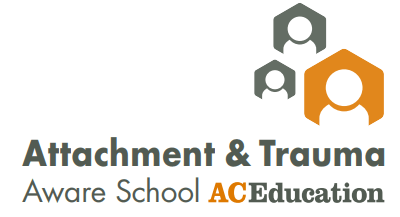
In Maths we have been answering a range of arithmetic and problem-solving style mathematical questions. The children were given the opportunity to discuss and find the most effective strategies to use when finding the answers by following the ‘RUCSAC’ steps of: reading the question and identifying the important information, understanding the question, choosing the correct operation, solving the problem, answering the problem and checking their answers (see poster attached). This also helped the children to reason their understanding using the correct mathematical language.
This week we will be continuing with our learning on ‘shape’, in the next few lessons the children will explore in more detail the properties of 2-D shapes, starting by counting the number of sides. The children need to know that the sides of a shape are the straight lines that form its outline. We will be encouraging the children to feel models of the shapes and run their fingers along each side as they count. As the children may not be accurate when counting the sides, we will be developing their strategies such as marking sides as they count them. The children need to know that they can use the number of sides to identify the shape. They may have a standard mental image of, for example, a triangle, but should be aware that any shape with three straight sides is a triangle. Building from the previous step, the children will move onto counting vertices on 2-D shapes. This is the first time that children will have encountered the terms “vertex” and “vertices”. They should understand that a vertex is formed where two sides meet, and “vertices” is used when referring to more than one vertex. The children may already know these as being a corner or corners, but should be encouraged to use the correct terminology from this point on. The children should notice that a shape has the same number of sides as it has vertices. As with the previous step, the children will be given opportunities to feel the shape when counting the vertices and will be taught efficient strategies for counting. Later in the week, the children will use their knowledge of the properties of shapes to accurately draw 2-D shapes. The children will be using squared paper to draw them using a pencil and ruler. For some children, accurately drawing shapes might be difficult, so drawing a shape using a ruler will be modelled. At this point, the children should use their knowledge of vertices and sides when drawing shapes, to help with accuracy.
In English, the children have planned a postcard based on the Night Pirates story, where they used who, what, when, where and why questions to focus their ideas. They then wrote in the first person, in character, to create their postcards. Later this week, the children will be reinventing the Night Pirates story, changing the personality of one of the main characters and the setting of the story, to write their own version.
In R.E the children have been learning about the Ascension and how this was a sad, but also a happy time for the disciples, because Jesus promised to send the Holy Spirit. The children have tried to relate this to their own lives, by thinking about occasions in their lives, which might initially seem sad, but can also be happy too eg moving to a new school and making new friends.
In Science the children have been learning about the suitability of different everyday materials. They have been learning to name the material an object is made from and explain why this material was chosen to make a certain object eg. the cupboard has been made from wood because wood is strong, the windows are made from glass because glass is transparent. Please help your child by talking about the materials objects around the home are made from and why a certain material was chosen for that particular object.



